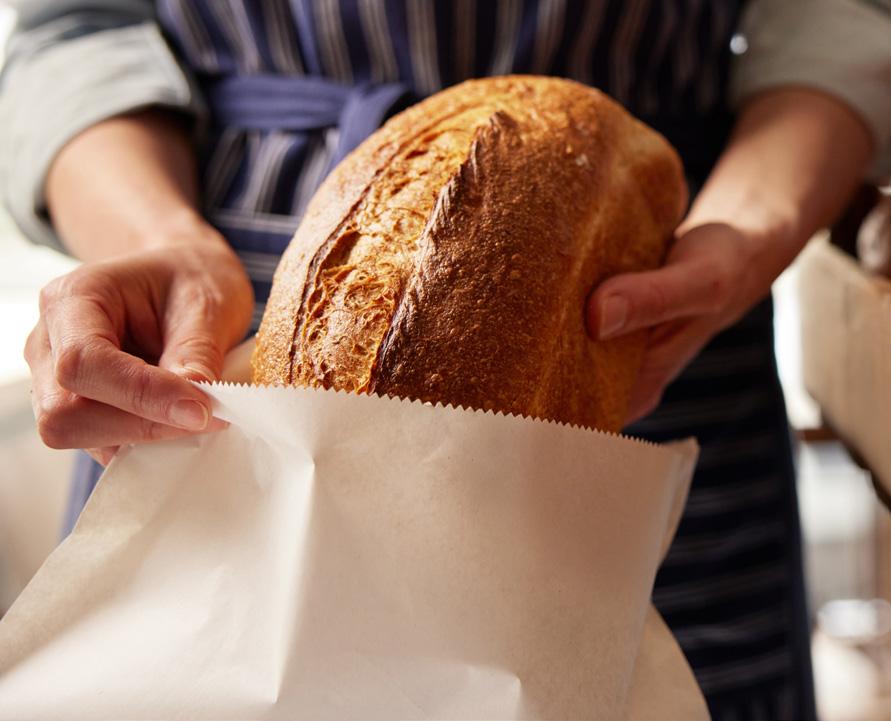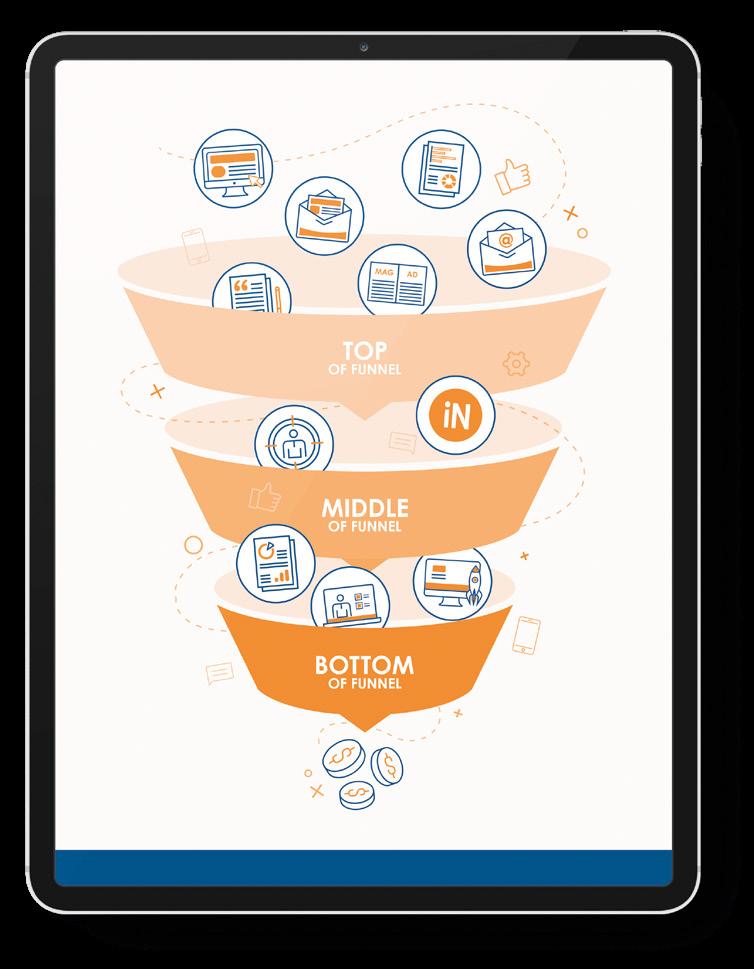
4 minute read
Exploring the most promising materials for plastic-free packaging
By Caroline McDonald
Plastic is food-safe, functional, widely recyclable and ubiquitous in food packaging, but many manufacturers are seeking alternatives as its environmental impact has come under scrutiny. What are the latest plastic-free packaging solutions, and how much real-world potential do they have?
Concern about plastic pollution has soared in recent years, driven by campaigns to raise awareness, and to reduce and recycle more plastic waste, as well as new EU regulations targeting plastic packaging and waste reduction.
Globally, annual plastic production has risen sharply in just a few decades, from 1.5 million tonnes in 1950 to 359 million tonnes in 2018, according to figures from the European Commission, and only about a third of plastic in the EU is recycled. The largest proportion of European plastic waste (42.6%) is incinerated for energy recovery, and about a quarter goes to landfill.
If they are to compete with plastic, alternatives to plastic packaging need to be not only sustainable but also readily available, affordable, functional and food-safe. Well-established alternatives like glass and metal have limitations when it comes to the expense and carbon footprint associated with recycling, while card and paperboard are not suitable for all food applications.
Plastic versus food waste
According to Martin Kersh, executive director at the Foodservice Packaging Association, demand for plastic alternatives must be balanced with concerns about food waste, as plastic packaging is particularly useful in prolonging the shelf-life of perishable foods.
He argues that better plastic recycling infrastructure and measures to prevent plastic pollution also need to be part of the solution if the goal is to make food packaging more sustainable.
Renewable packaging sources
Meanwhile, packaging options from renewable sources are expanding: bagasse is made from sugarcane waste and is suitable for making bottles, tubes, jars and lids; biodegradable starches from corn and wheat can be used to replace polystyrene and plastic for trays, bags, lids and plates; mushroom waste can be used to make a biodegradable polystyrene-type product; and seafood waste products such as prawn shells could be used to create a variety of plastic alternatives, including flexible films.
Each has its advantages – and particular uses for which they are best suited – but the infrastructure to scale up often is still lacking. In some cases, producers face regulatory hurdles to certify that the packaging is safe. Seafood-derived packaging, for instance, could bring a potential allergen risk, although that would be mitigated if it were used to package seafood, as is the intention of CuanTec, a Scottish firm focused on developing packaging from seafood waste products.
Norway-based B’Zeos is another company looking to the sea for plastic alternatives, but with a focus on seaweed. Its material can be used for transparent windows for paper-based packaging, for flexible films and sachets, or as a biodegradable barrier coating for takeaway foods, for instance. However, the company says it is still quite water-permeable, which limits its shelf life as well as its suitability for certain products.
Recycling – and better eco alternatives
Neil Farmer is a veteran of the packaging industry and owner and founder of Neil Farmer Associates. He said that given the expense and technically demanding nature of developing effective plastic alternatives, improved recycling for existing food packaging should be a major focus.
“I would say the need to find alternatives to non-recyclable plastics in the extended shelf-life food sector is one of the most important areas of development in the market,” Farmer said. “This is because flexible plastic packaging materials used for food products to prevent deterioration are often non-recyclable multilayer, multi-material substrates. Therefore, for many in the food packaging industry, the drive to provide complete recyclable material solutions in the flexible packaging sector is of vital importance.”
He added that the Covid-19 pandemic has underlined the need to balance sustainability with food waste reduction through the hygienic qualities of packaging.
Introducing Fi Marketing Services
71% of B2B buyers are researching food ingredients online before placing an order.
Does your marketing strategy meet this trend?
We help suppliers of food ingredients to: Generate high-quality leads Increase brand awareness with buyers of food ingredients Position food ingredient brands as thought
leaders in the market










